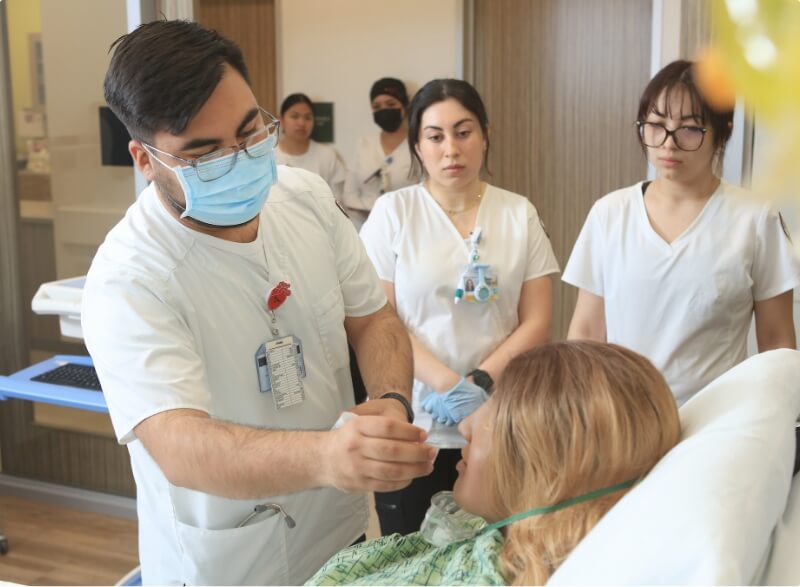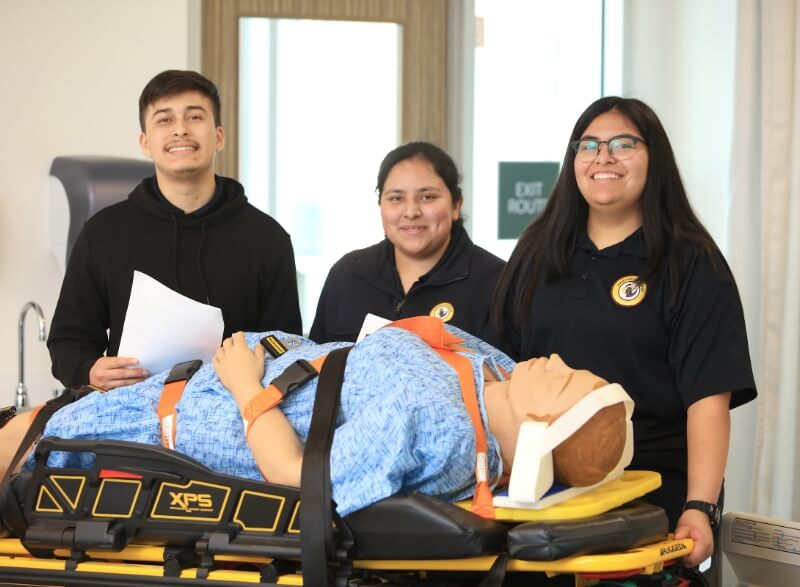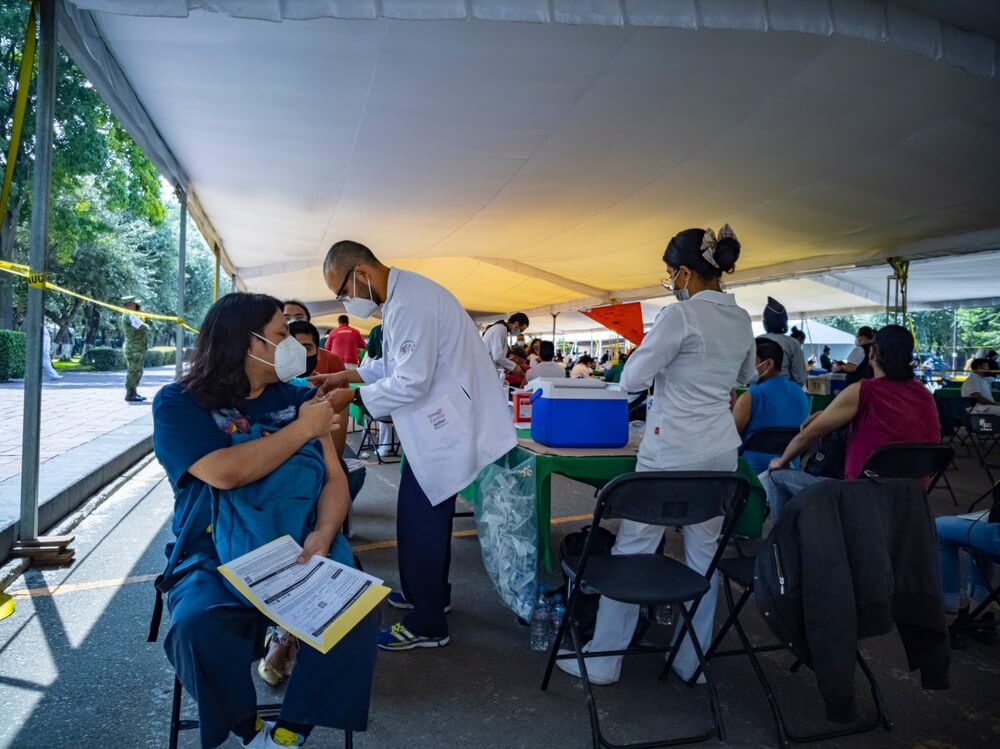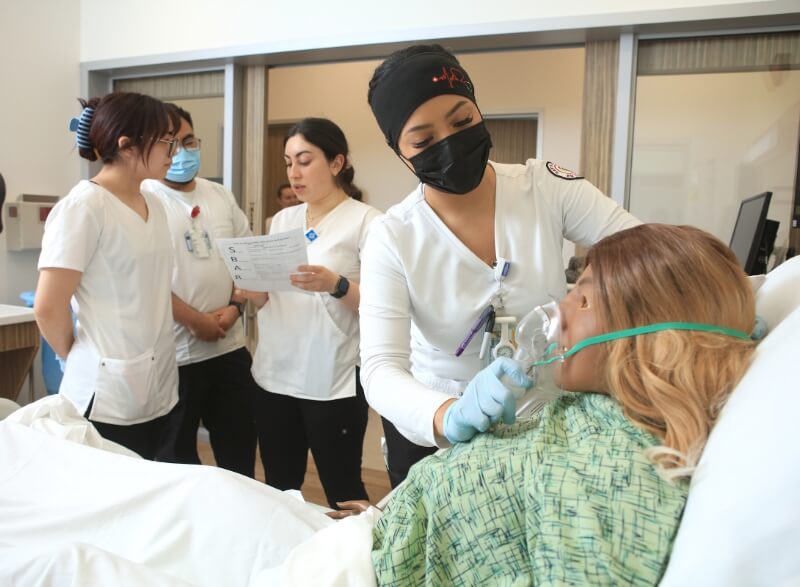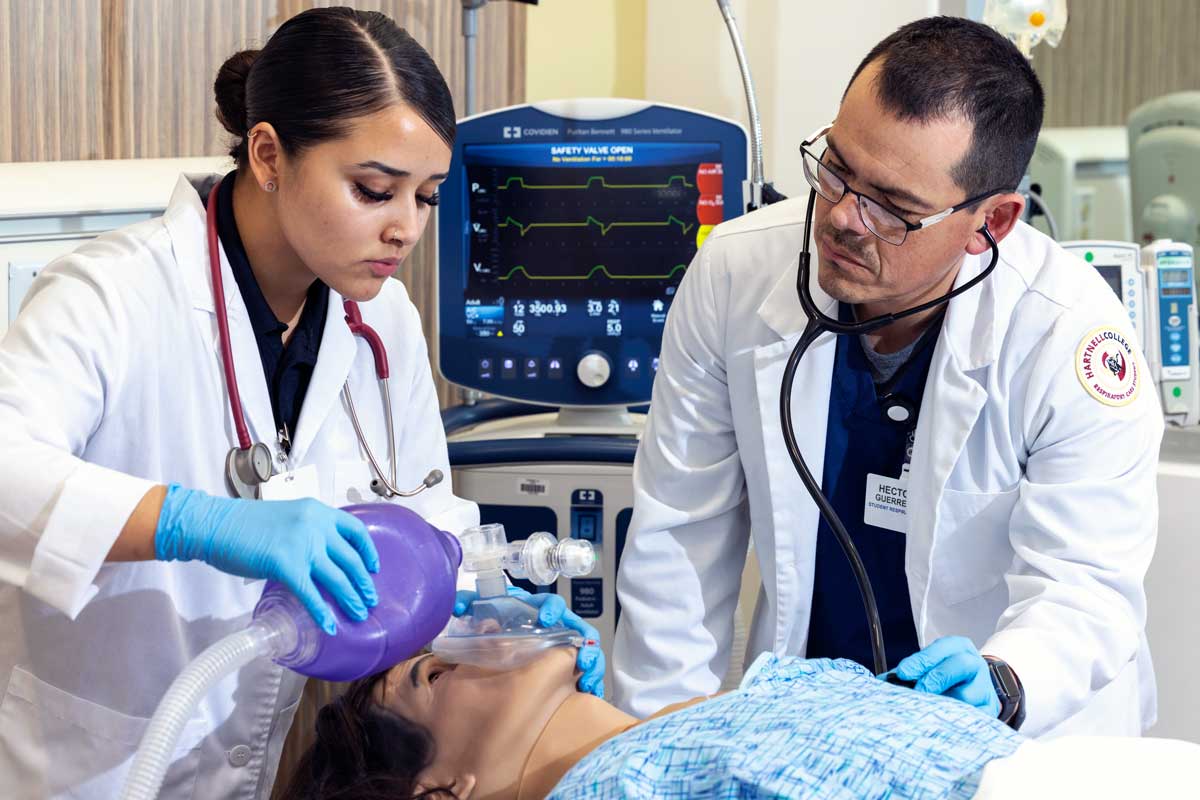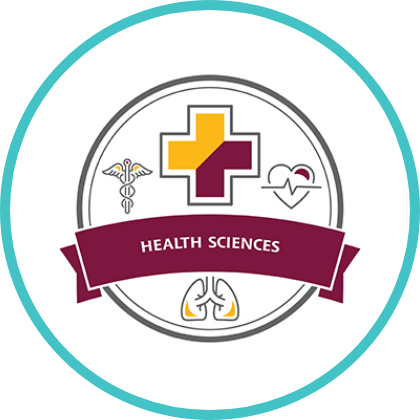
Why Health Sciences?
By enrolling in a Health Sciences program, you'll have the opportunity to enhance the health and well-being of individuals while improving their access to vital community services. Our academic offerings include emergency medical technology, kinesiology, registered and vocational nursing, public health, and respiratory care. Graduates pursue careers in both acute care and community-based healthcare settings, or choose independent paths to promote health and wellness in the lives of others.
Health Sciences Disciplines & Programs
Exploratory Majors
If you're unsure which Health Sciences major to pursue, consider one of our exploratory majors. These programs offer flexibility within Health Sciences, allowing you to discover your passion while working towards your academic and career goals.
Take a Deep Dive into Health Sciences
Have Questions?
Contact us to learn more about the Health Sciences Meta-Major.
Not sure if Health Sciences is for you?
Explore More...
Other Meta Majors
All Meta-Majors View All Disciplines All Degrees & Certificates